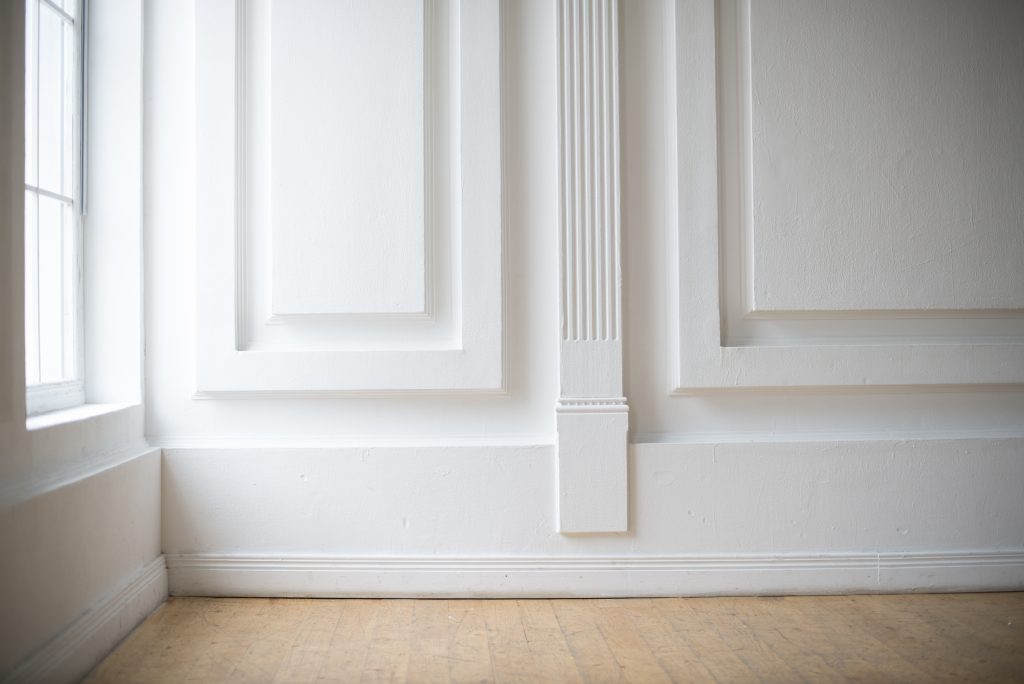fickleknitter.com
Exploring and Mastering Free Knitting Patterns
Welcome to Fickle Knitter, your gateway to creativity! Discover, master, and share the art of knitting with our collection of free patterns and expert guides. Let's knit something amazing together.
Have you ever wondered which knitting pattern reigns supreme in the world of needles and yarn? Among the vast array of designs, one pattern stands out as a beacon of creativity and tradition. As you navigate through the rich tapestry,
Knitting Essentials
Techniques & Tutorials
The Complete Guide to Managing Inherited Real Estate

Managing inherited real estate can be a difficult occupation, especially when families are involved you have to maintain a strictly professional attitude, and ensure that you remain neutral in a situation that can often turn aggressive. In the unfortunate event of a death in the family, it is usually stated in a will where the authority in the family will lie in terms of looking after any assets, when this is not disclosed it can become difficult to know who is entitled to what. Of course, where money and property are involved people can become very aggressive so it is important you do your best to remain impartial, and that you try your best to resolve the situation.
Establishing Authority
If you have been tasked with the management of inherited property then you should do your best to look after the home in a way that is respectful to the deceased’s family as well as keeping everything to a high standard within the house. Especially when it comes to larger properties that require a lot of housekeeping and maintenance you will have to ensure the necessary steps have been taken in order to properly look after the house. You will need to be discrete enough to put these steps into place without bothering the family when they are going through the trauma of death. It is down to you to look after the property whilst the family decides what they are going to do and with many people finding it hard to know what you should do when someone dies, you could be in charge for a while.
House Management
If you have been put in charge of a large property you may need to enquire about hiring staff to work around the house, depending on whether or not the house has residents will decide how many members of staff you require. It would be a good idea to hire a few housekeepers to keep the property looking fresh, someone to work in the kitchens, and somebody who can carry out maintenance jobs and do things like gardening. If you feel that staff is required it is your responsibility to find these staff members and put them through the employment process. Remember to consult the family before you go ahead with any decisions but make sure that you are not pestering them and that you are showing initiative.
Maintaining the Property
In the early stages of your time managing the house it is important that you are respectful towards the family and their grief, they will not appreciate being pestered for help with managing the estate. It is vital that you show you are responsible enough to be trusted with looking after the property, if you need staff they should be hired and the house should be maintained to a high standard. Make sure that everything is kept on top of in terms of cleaning and house maintenance, this will maintain your professional reputation and show the family that you can handle the responsibility of managing a large estate.
Future of the Property
Depending on what the family decides they wish to do with the property you could be asked to stay on as the property manager and oversee future events at the house. This is a great opportunity and as a house manager, your responsibilities are only going to increase. In the future you could see a whole host of different events being held and by showing you can be responsible at a time where the family is in mourning, you are increasing your chances of being trusted in the future with bigger events.
This job role can be a lot more than just making sure everything is clean and tidy, you will be in charge of any staff working on the property, it will be your job to make sure any events are running smoothly and that any issues are resolved. If you are working on a larger estate you will also have to consider things like security and parking and be a coordinator for the onsite team of staff. There is a lot going on for the estate manager, but it is a rewarding position with plenty of opportunities to show off your management skills.
Improve Your Home’s Look with Stylish Skirting Boards

Skirting boards are a simple yet effective way to enhance the look of your home. Not only do they add a decorative touch, but they also protect walls from damage caused by furniture, feet, and vacuum cleaners. Skirting boards are available in different types, materials, and designs, making it easy to find one that suits your home’s decor.
In this discussion, we’ll look at how you can improve your home’s look with stylish skirting boards. Let’s jump straight in.
Types and Materials of Skirting Boards
Skirting boards come in various types and materials, each with their own pros and cons. The most popular types of skirting boards include MDF, timber, and PVC.
- MDF skirting boards are a popular choice because they’re affordable and easy to install. They come in different sizes and designs and can be painted or stained to match your home’s decor.
- Even though timber skirting boards are more expensive than MDF they are durable and long-lasting. They come in various wood species and designs, making it easy to find one that complements your home’s interior.
- PVC skirting boards are a modern alternative to traditional skirting boards. They’re waterproof and easy to clean, making them ideal for kitchens, bathrooms, and other areas exposed to moisture.
Designs of Skirting Boards
In modern times, skirting boards have become an essential part of interior design, with various types of materials and designs available to suit every home and decor style.
Contemporary skirting boards are sleek and simple in design, with clean lines and minimalistic features. They provide a neat and understated look, making them ideal for modern homes with minimalist interiors. Contemporary skirting boards often come with a smooth finish, without any intricate details, and are usually painted in neutral colors to complement the room’s color palette.
On the other hand, classic skirting boards are more ornate and decorative in design, with intricate details that add a touch of elegance and sophistication to any room. They are often used in traditional homes or those with vintage-style decor. Classic skirting boards can come in a wide range of designs, from elegant curves to floral motifs, and they are usually made of high-quality timber that is carefully crafted and finished to perfection.
When choosing a skirting board design, it’s essential to consider the overall style of your home and the room’s decor. The skirting board should complement the interior design, without looking out of place or overpowering the room’s other design elements. If you have a minimalist interior, a contemporary skirting board will fit perfectly, while a classic or traditional design will add charm and personality to a more traditional room.
Choosing and Installing Skirting Boards
Before choosing a skirting board, measure the length of the wall and select a size that fits the space. For instance, skirting boards from skirting world come in different sizes and designs. Therefore you may want to consider the height of the skirting board, as taller skirting boards can make a room feel more grand.
Installing skirting boards requires some basic DIY skills and tools. Before starting the installation process, ensure that you have all the necessary equipment to complete the job correctly.
- You can use either a hand saw or a power saw, depending on your preference and experience.
- A hammer and nails are needed to secure the skirting board in place; make sure to choose the right size of nails suitable for the thickness of the skirting board.
- An adhesive helps to hold the skirting board firmly in place while the nails are being hammered in. There are different types of adhesive available, such as instant grab adhesive, which is quick-drying and perfect for DIY enthusiasts.
Taking the time to read the instructions before starting will save you time and effort in the long run.
Maintenance and Care
To keep skirting boards looking their best, clean them regularly with a soft cloth or brush. Avoid using harsh cleaning products or abrasive materials that could scratch or damage the skirting board.
If your skirting board becomes chipped or damaged, use a wood filler or sealant to repair it. You can also sand down rough edges or repaint the skirting board if needed.
Conclusion
Skirting boards are a simple yet effective way to enhance the look of your home while protecting walls from damage. Choose a skirting board type, material, and design that complements your home’s interior, and install it correctly to achieve a professional finish. Regular maintenance and care will ensure your skirting boards stay looking their best for years to come.
